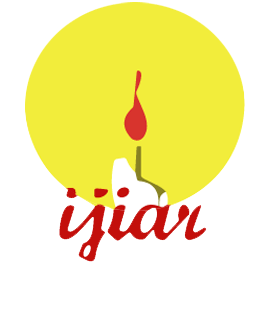ESTIMATES OF GENETIC PARAMETERS OF CHICKPEA VARIETIES SUITABLE FOR MECHANICAL HARVESTING ACROSS THREE LOCATIONS
- Agriculture Research Station, Kalaburagi-585101, Karnataka, India
The prevailing hue and cry situation for labour requirement to perform farm operation has forced Indian agriculture towards mechanization of farm operations so as to improve efficiency while reducing the cost of cultivation. Due to non availability of cultivars suitable for mechanical harvesting in chickpea it is manually harvested adding to the high cost of cultivation. Hence, the present investigation was carried out to estimate the genetic variability among twelve mechanical harvesting suitable genotypes including two checks. The genotypes were evaluated during Rabi 2016-17 in three different locations namely Gulbarga (L1), Bidar (L2) and Dharwad (L3) under randomized block design with three replications. The analysis of variance reveled significant difference between genotypes for all traits viz., plant height (cm), plant height from bottom to first pod bearing length (cm), primary branches, number of pods, grain yield per plant (g), 100-seeed weight and net plot yield (kg) in all the three locations indicating presence of genetic variability among the genotypes. A narrow difference between phenotypic coefficient of variation (PCV) and genotypic co-efficient of variation (GCV) in all three locations for all traits except number of pods in L1 indicated less influence of environment on the expression of characters. Interestingly high heritability coupled with moderate genetic advance over mean for plant height was recorded indicating preponderance of additive gene action and selection could be efficient for this trait. Among the genotypes RCBM-3 ranked top for most of the traits and showed maximum height, thus the genotypes with high heritability for plant height is suitable for mechanical harvesting.
Agriculture Research Station, Kalaburagi ( University of Agricultural Sciences, Raichur-Karnataka) India
Share this article
